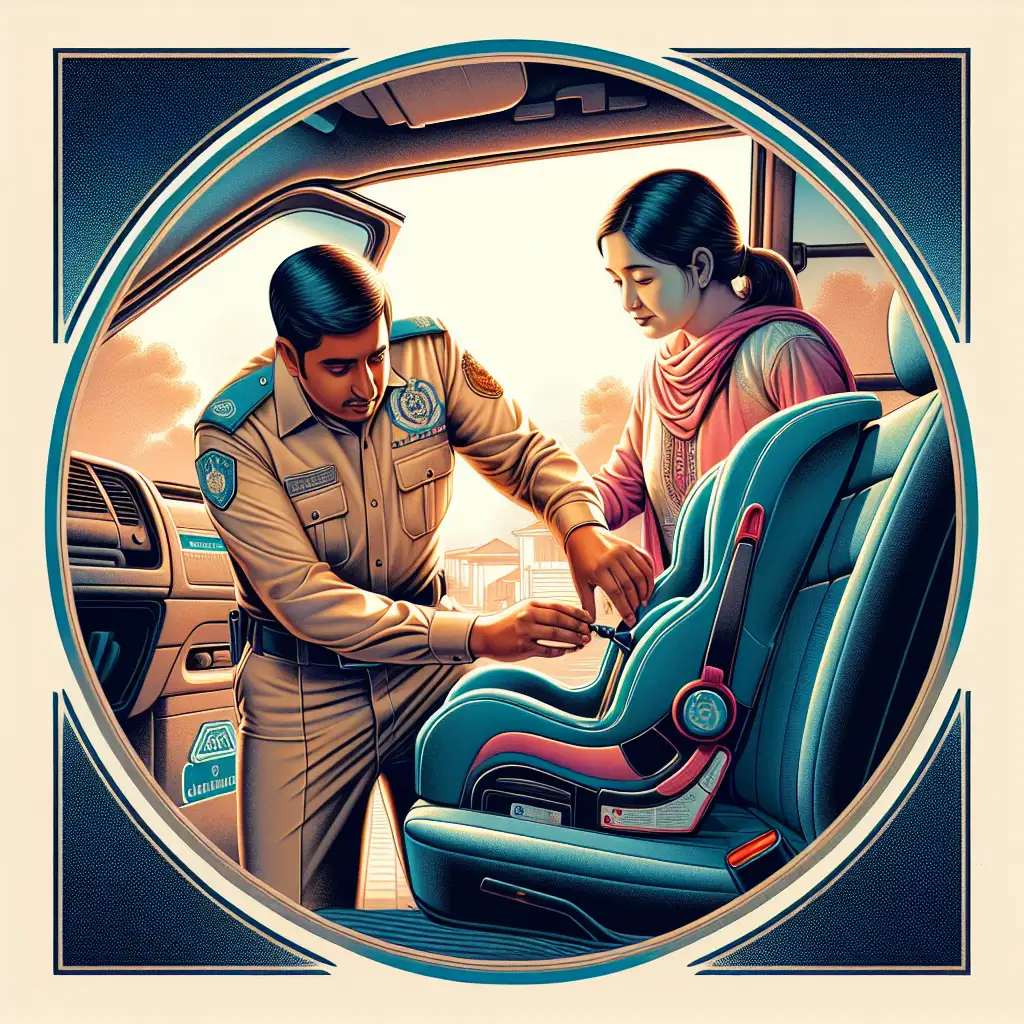Child Safety Seats: Correct Installation and Usage
Learn how to properly install child safety seats to ensure the safety of your young passengers.

Ensuring the safety of young passengers is a top priority for any parent or guardian. One of the most effective ways to protect children in a vehicle is by using a child safety seat. However, it's not just about having a seat; it's crucial to install and use it correctly. This guide will walk you through the essential steps to ensure your child's safety on the road.
Understanding Child Safety Seats
Before diving into installation, let's define what a child safety seat is. A child safety seat, also known as a car seat, is a specially designed seat for infants and young children that provides additional protection in the event of a car accident. These seats are engineered to absorb impact and reduce the risk of injury.
There are different types of child safety seats based on age, weight, and height:
- Infant Car Seats: Designed for newborns and babies up to 12 months old, typically supporting weights up to 13 kg (about 29 lbs).
- Convertible Car Seats: These can be used as rear-facing for infants and then converted to forward-facing for toddlers, accommodating children up to 18 kg (about 40 lbs).
- Booster Seats: For older children who have outgrown their forward-facing seats, usually suitable for kids weighing 18-36 kg (about 40-80 lbs).
Steps for Correct Installation
Installing a child safety seat correctly is vital for its effectiveness. Here’s a step-by-step guide:
- Read the Manual: Always start by reading both the car seat manual and your vehicle's owner manual. They provide specific instructions and safety tips.
- Choose the Right Location: The safest spot for a child safety seat is typically the back seat, away from active airbags. The center position is often recommended if it fits securely.
- Secure the Seat: Use either the seat belt or the LATCH system (Lower Anchors and Tethers for Children) to secure the seat. Ensure there is no more than 2.5 cm (1 inch) of movement side-to-side or front-to-back.
- Adjust the Harness: The harness should be snug, with the chest clip at armpit level. You should not be able to pinch any slack in the harness straps.
- Check the Angle: For rear-facing seats, ensure the seat is at the correct recline angle to prevent the baby's head from falling forward.
Common Mistakes and How to Avoid Them
Even with the best intentions, mistakes can happen. Here are some common errors and how to avoid them:
- Loose Installation: Always double-check the tightness of the seat. A properly installed seat should not move more than 2.5 cm (1 inch).
- Incorrect Harness Position: Ensure the harness is at or below the shoulders for rear-facing seats and at or above for forward-facing seats.
- Using Expired Seats: Car seats have expiration dates. Check the label for the expiration date and replace the seat if necessary.
Conclusion
Proper installation and usage of child safety seats are crucial for protecting young passengers. By following the steps outlined above, you can ensure that your child is as safe as possible while traveling. Remember, the right seat, correctly installed, can make all the difference in an emergency.
Think about what features matter most to you. Do you need a seat that grows with your child, or one that's easy to transfer between vehicles? Consider these factors when choosing a car seat.
 CarChooser
CarChooser